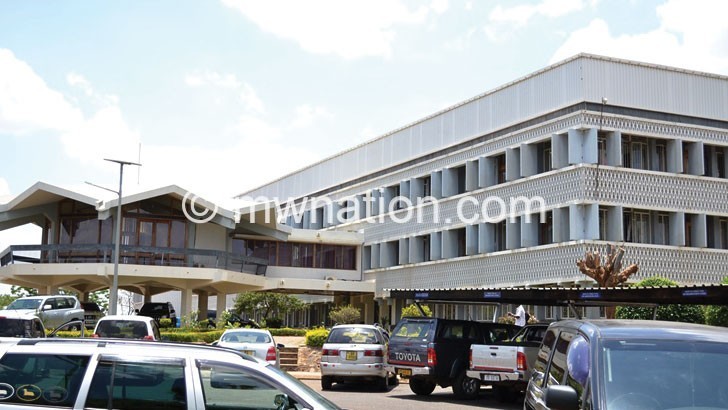Stability could ease pressure on foreign debt
Lilongwe based economist Salim Mapila says now that the country has assumed a flexible exchange rate regime, it is important to keep in majority the foreign debt in a relatively more stable currency.
Mapila said observed that while the currency composition in which we hold foreign debt in Malawi has a significant impact on the credit cycle in the domestic economy—the likelihood of credit booms and busts—depreciation of the US dollar vis-a-vis the Malawi kwacha increases the net worth of local borrowers, easing financial conditions in our local economy.

“At the end of the day, it is prudent to have a foreign debt currency composition which is stable and favourable towards the kwacha. The question for consideration among our economists then remains, “is the current currency composition in our favour?”
He, however, said it would be also prudent to look at other dimensions of the foreign debt in protecting the domestic economy.
The kwacha exchange rate has been broadly stable during the past three years and was trading at an average of K738.8731 per US dollar in December 2019.
Interest on debt paid on the foreign debt has also slightly moved with Ministry of Finance, Economic Planning and Development figures indicating that Treasury paid K13.5 billion, K15.6 billion and K15.5 billion in the 2017/18, 2018/19 and a projected K15.5 billion in the 2019/10 financial years, respectively.
During the same period, foreign debt increased from $1.921 million in the 2016/17 financial year to $2.189 million in the 2018/19 financial year despite its share as a percentage of the gross domestic product (GDP) declined from 33 percent to 30 percent.
According to Treasury, currently, 51 percent of the country’s debt stock is denominated in foreign currency, with the US dollar accounting for the largest proportion at 42 percent, followed by the Euro and Chinese Yuan at 25 percent and 18 percent, respectively.
At approximately 81 percent ($1.7 billion) of total external debt, multilateral creditors continue to account for the largest proportion of Malawi’s external debt with bilateral creditors accounting for 19 percent of all external debt ($421 million).
Last month, Reserve Bank of Malawi (RBM) Govenor Dalitso Kabambe told journalists in Blantyre during the Monetary Policy Press Briefing that the stability of the Kwacha is expected to continue in 2020 on the back of adequate foreign exchange reserves which stood at 4.1 months of imports at the end of December 2019.
In its published 2018/19 Annual Debt Report, Ministry of Finance, Economic Planning and Development acknowledged that foreign debt is susceptible to exchange rate movements. “Exchange rate shocks can substantially contribute to higher debt service payments in local currency terms thereby leading to higher payments in the budget than projected,” reads the debt report in part.





